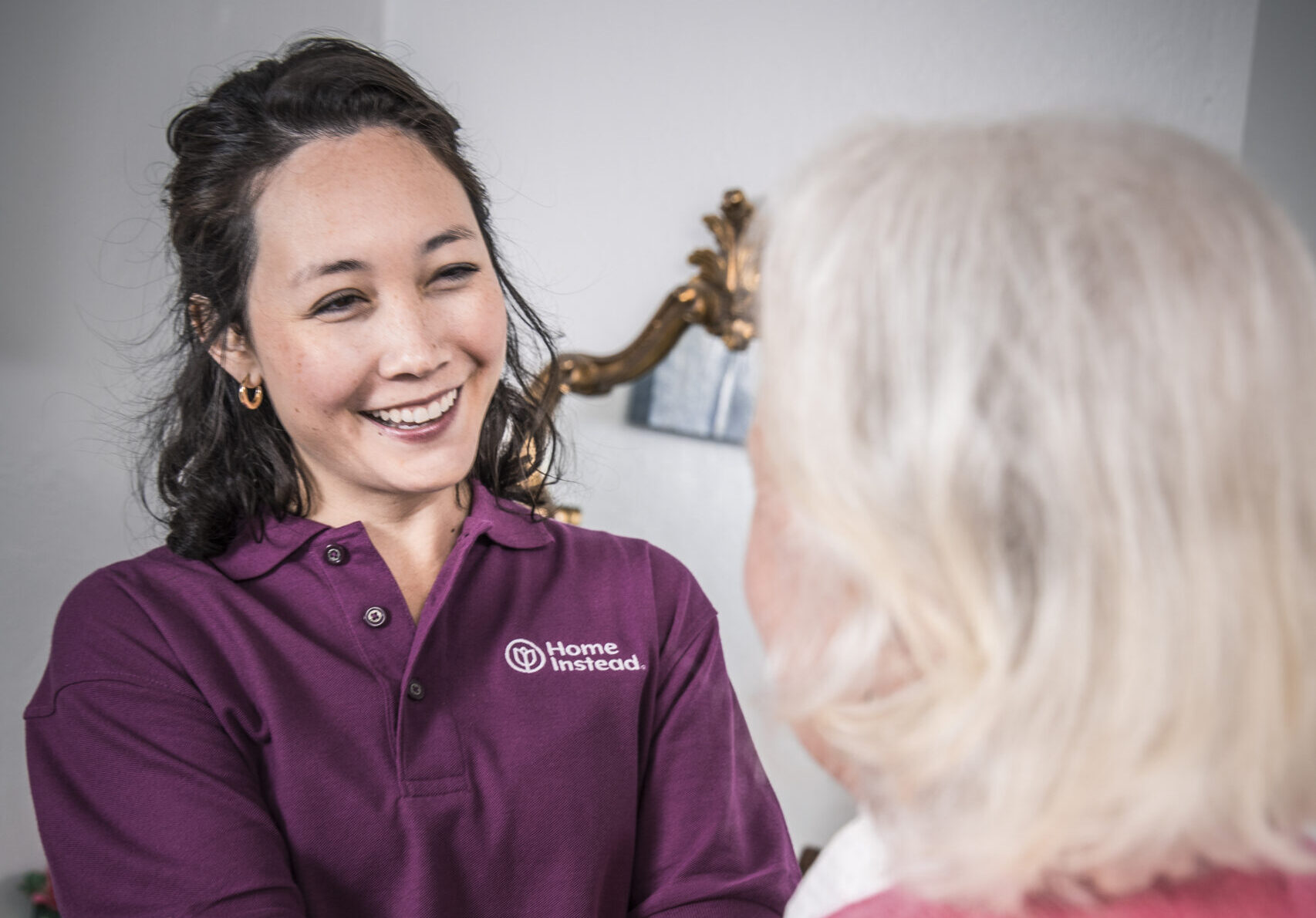For the “sandwich generation” it can be difficult to find balance in raising your own family and caring for your aging loved ones. It’s okay to feel overwhelmed by the responsibility of making sure your loved one is aging with grace. Long-term in-home care is a good solution when seniors need extended care to keep them well in all aspects of life – physically, mentally and emotionally. Here’s how to know when to explore your options.
Read the Signs
There are several indicators that should trigger a discussion about long term care. Deterioration in any of the following categories should show that it could be time consider long term care:
- Physical signs can include lower levels of weight, strength, and energy.
- Memory loss or confusion could signs of dementia.
- Lifestyle changes, such as reduced time spent on hobbies or socializing.
- Poor hygiene.
If you’re seeing a change in your family member that indicates they need more support with day-to-day tasks, it could be time to seek help.
Be Honest About Your Commitment
Yes, your loved one worked hard to support you as you grew up and started your own family. It’s natural to want to reciprocate that support as they age, but sometimes the level of support that they need is more than you can give. Don’t be afraid to have a difficult conversation with yourself to weigh the pros and cons of taking sole responsibility as a caregiver for your loved one. Will it impact your family? Will it impact your career?
If you have the flexibility to get assistance, it could be the best way for you to support your loved one.
Follow The 40-70 Rule
Independent research by the Home Instead® network of seniors, adult children, senior care and legal professionals gives insight into when and how these conversations need to begin. While many families think they have planned and saved enough for end of life care, our research shows they’re being overly optimistic about the outlook. Less than one third of families (31%) have had adequate conversations about this topic.
That’s why we suggest families follow the “40-70 Rule®: An Action Plan for Successful Agingsm. Essentially, by the time you approach 40, it’s likely your love one is close to 70 years age. If you haven’t already, this should be the time you begin the conversation about end of life care.
